The Toghu
- Post author:admin
- Post published:August 23, 2021
- Post category:Traditional Outfit the Toghu
- Post comments:2 Comments
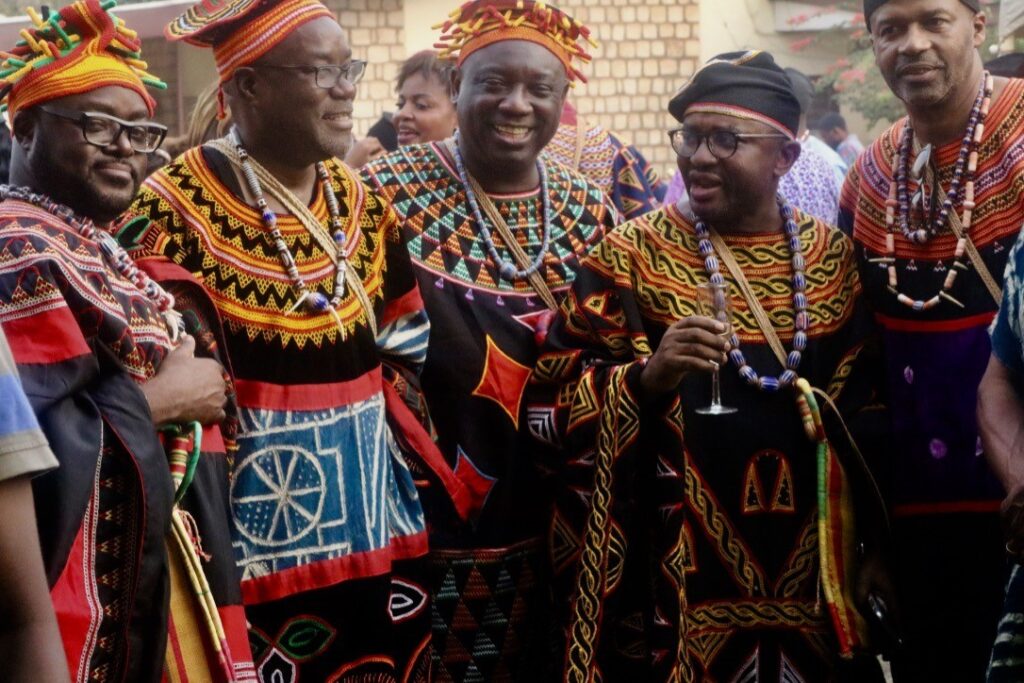
The Toghu was a preserve of royalty and dignitaries here in the past and made traditionally by communities found in northwestern Cameroon. A colorful fabric commonly done in black, gold and orange, toghu was finely embroidered in different colors that form various bold patterns.
How ever, the Toghu it should be noted that is not the name of the material but a design that is embroiled by the traditional hand made material from the North west Region of Cameroon called Ndop or Ndep by it native name or Velvet back material by English language. The Toghu is one of the scare design meant for traditional authorities in the Grass field Region of Cameroon. How ever, the Toghu has gain ground recently across the world that when the Cameroonian football team used it at the 2012 Olympic games in London and won the gold medal in terms of dressing. With the Toghu design has branded as Toghu Fabric.
The Ndop material or Bamileke
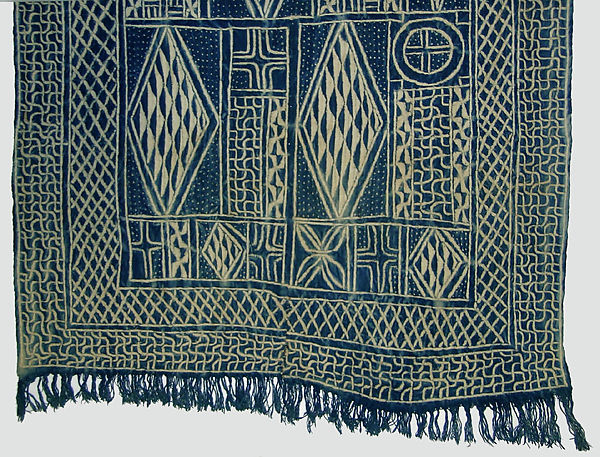
This expansive, twenty-seven-foot-long ndop royal display cloth was used to delineate the setting for royal state events and ceremonies. Multiple patches and repairs attest to its extensive use over time. The variety in style and quality of the resist-dyed patterns reflect the collaborative work of several specialists. Both the geometric motifs (circles, lozenges, and meandering lines) and the stylized figurative forms (crocodiles) have royal symbolism. Similarly, the blue color of the cloth refers to the Bamileke elite. Like tsesah crests, ndop cloths are part of the practice of power in the Bamileke region and are tied to long-standing regional exchange networks. Luxury indigo resist-dyed cloths were first imported in the Cameroon Grassfields from the Upper Benue River region of eastern Nigeria. Local production of the cloths began in about 1910. The red wool along the fringe is made from material imported from abroad. Ndop display cloths are still among the favorite gifts exchanged among leaders in the Grassfields
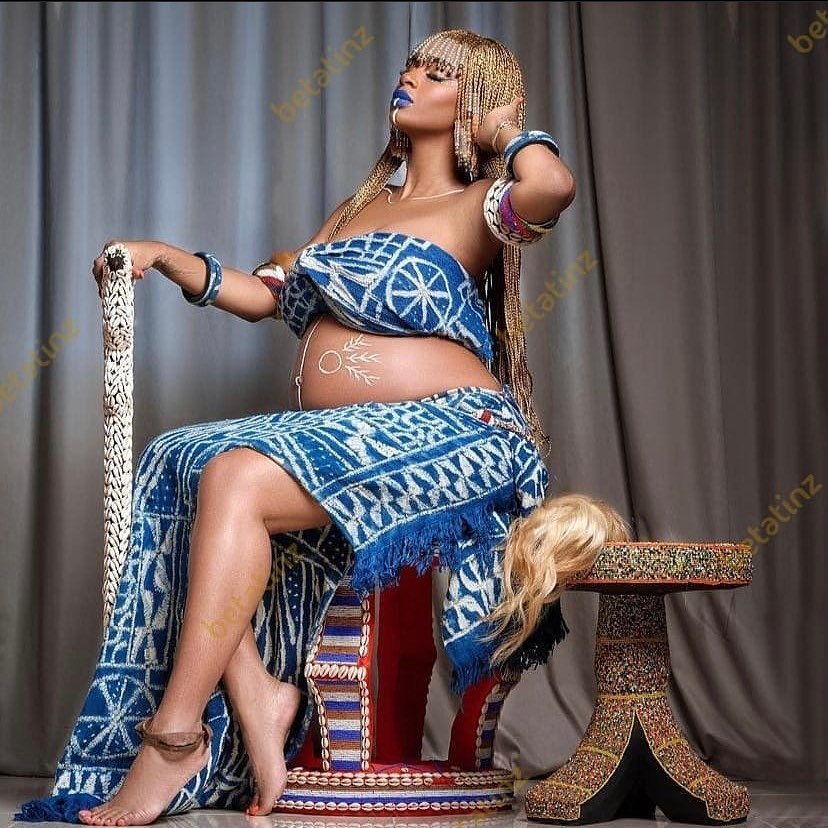
The Bamileke Princess Wear
The Bamileke People and their princess Wear
Bamiléké is a collective term referring to the people of some 100 chiefdoms in the Western Province of Cameroon, and their descendants now living throughout the country and overseas. Bamiléké often use this collective term to refer to themselves, but also use the names of their specific chiefdoms. In these names, the prefix “ba” means “the people of.” Scholarly literature often refers to the culture using the names of specific Bamiléké chiefdoms or locales. These include Aghem, Babadjou, Bafang, Bafou, Bafoussam, Bagam, Baloum, Bamaha, Bamendjina, Bamendjou, Bamenkoumbit, Bamenyam, Bana, Bandjou, Bangangté, Bangoua, Bangwa, Bangwa-Fontem, Bapi, Batcham, Batchingou, Bati, Batié, Dschang, Fe’e Fe’e, Fomopea, Fongondeng, Foto, Fotouni, and Mbouda.
However, wear it comes to their traditional Attire, the people used the traditional material called Ndep to make their dresses. The princess or the royal house hold uses the original Ndep or Ndop to make design their royal wear. The attire goes along with Beads necklace hand bangles with awesome queen Head beads on the crown.
How much money do women spend on clothing in Cameroon
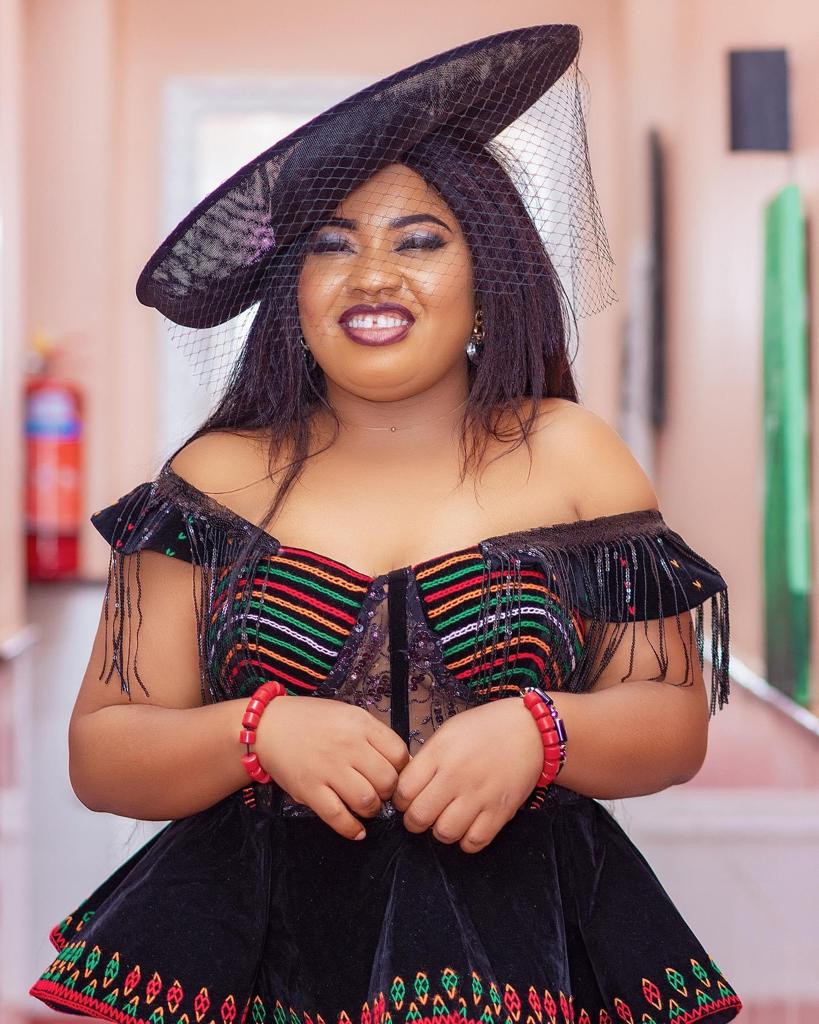
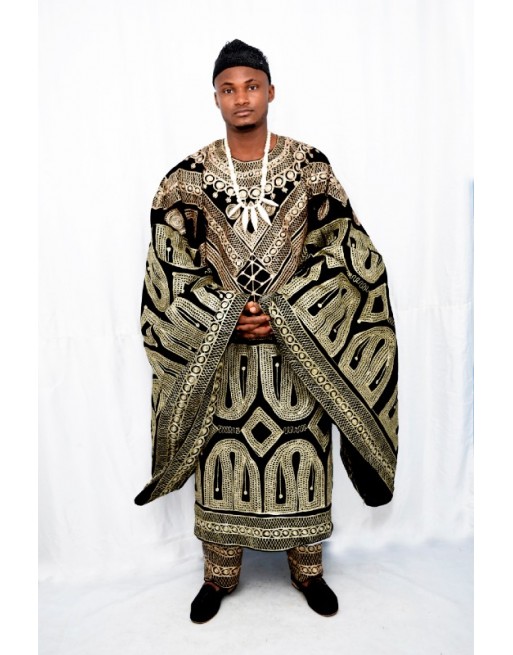
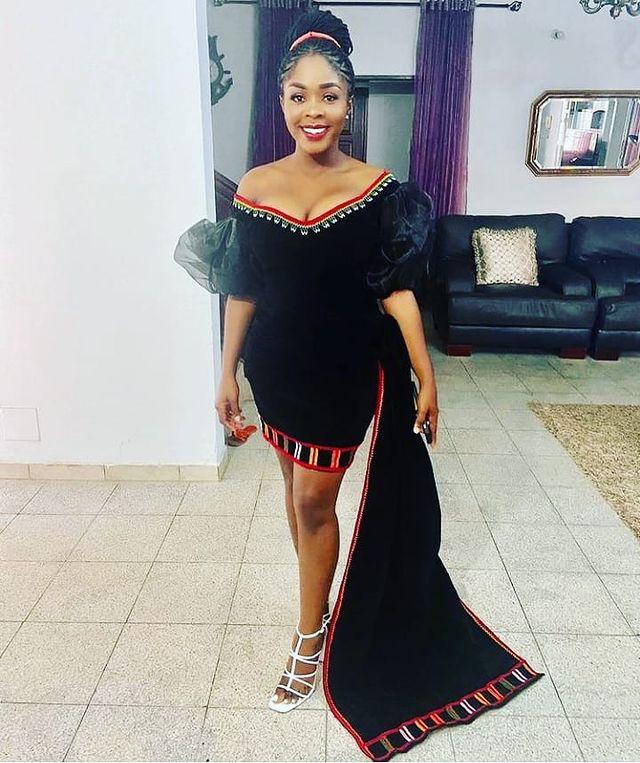
Women in Cameroon spend around $210 million per year on clothing. They make up 56 percent of the population, making that $110 per person. Western fashion is hugely popular, with shops ranging from high-end boutiques in major city centers to small markets in rural communities. Nigerians are very fashion conscious and branch into underground vogue, searching for the newest styles
Women in Cameroon spend an average of 12.5 billion FCFA on clothing every year, according to our research of the latest economic figures. That reveals how important the clothing industry is for the country’s economy and shows the scale of the market available to retailers.
Traditional Cameroon clothing can be beautiful to look at and unique compared to what you’d expect from the surrounding nations. The designs captured through African tribal fabrics are stunning and the colors can seem to jump out at you. The women of Africa will wear materials such as cloth, cotton, beads, brass, ceramic and cowry shells.
Cameroon traditional clothing | Cameroon clothing | Cameroon traditional clothing for sale | cultural clothing | what type of clothing is worn in Cameroon
Toghu | African Tops | Atoghu | Toghu Ball | Cameroon Traditional Clothing
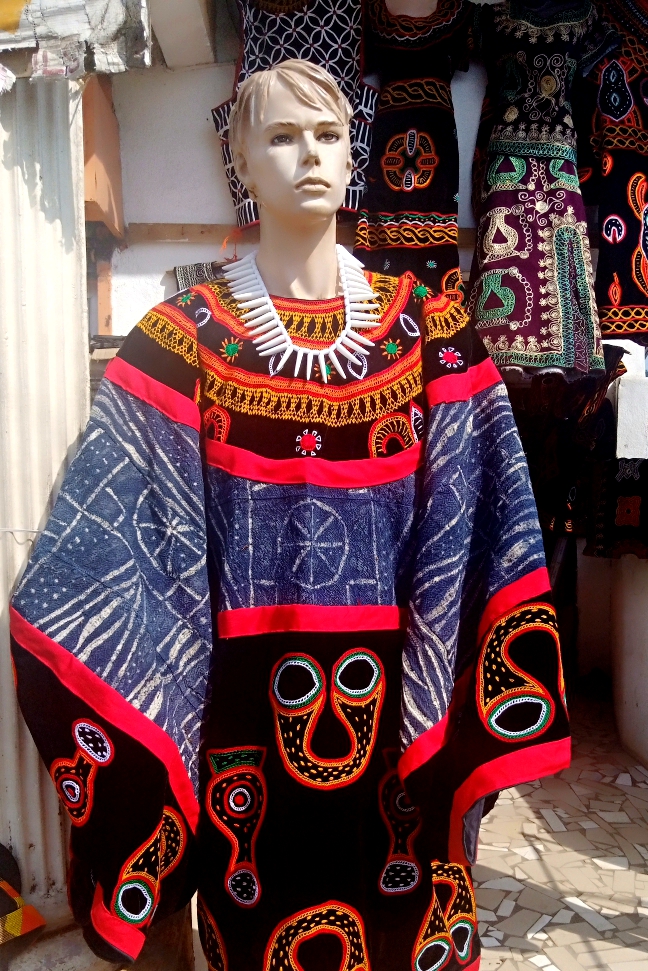
The Toghu is the traditional regalia of the People’s Republic of Cameroon. The official regalia is a traditional piece of clothing made up of elaborate embroidery, beads, and cloth. It consists of two pieces: a short waistcoat and a skirt-like cloth that fits around the waist.
The Toghu is the cultural attire that is recognizable throughout the world. These majestic designs have been featured on the cover of prestigious African magazines such as Instyle Magazine and more. In addition, it has been worn by regal public figures such as First Lady Laura Bush, Barbra Streisand, and more. The regalia is created using unique wax thread in a distinctive African wax technique and decorated with various beads.
The Toghu is a multi-purpose clothing worn by Cameroonian men and women. The rectangular shaped pieces of cloth used to form the Toghu are known to be gifts from the gods that were brought to Earth by a strange bird. This attire is composed of a pair of pants, a shirt and a vest. Men and women wear their attire differently. On the Toghu are embroiled symbol of authority on each community
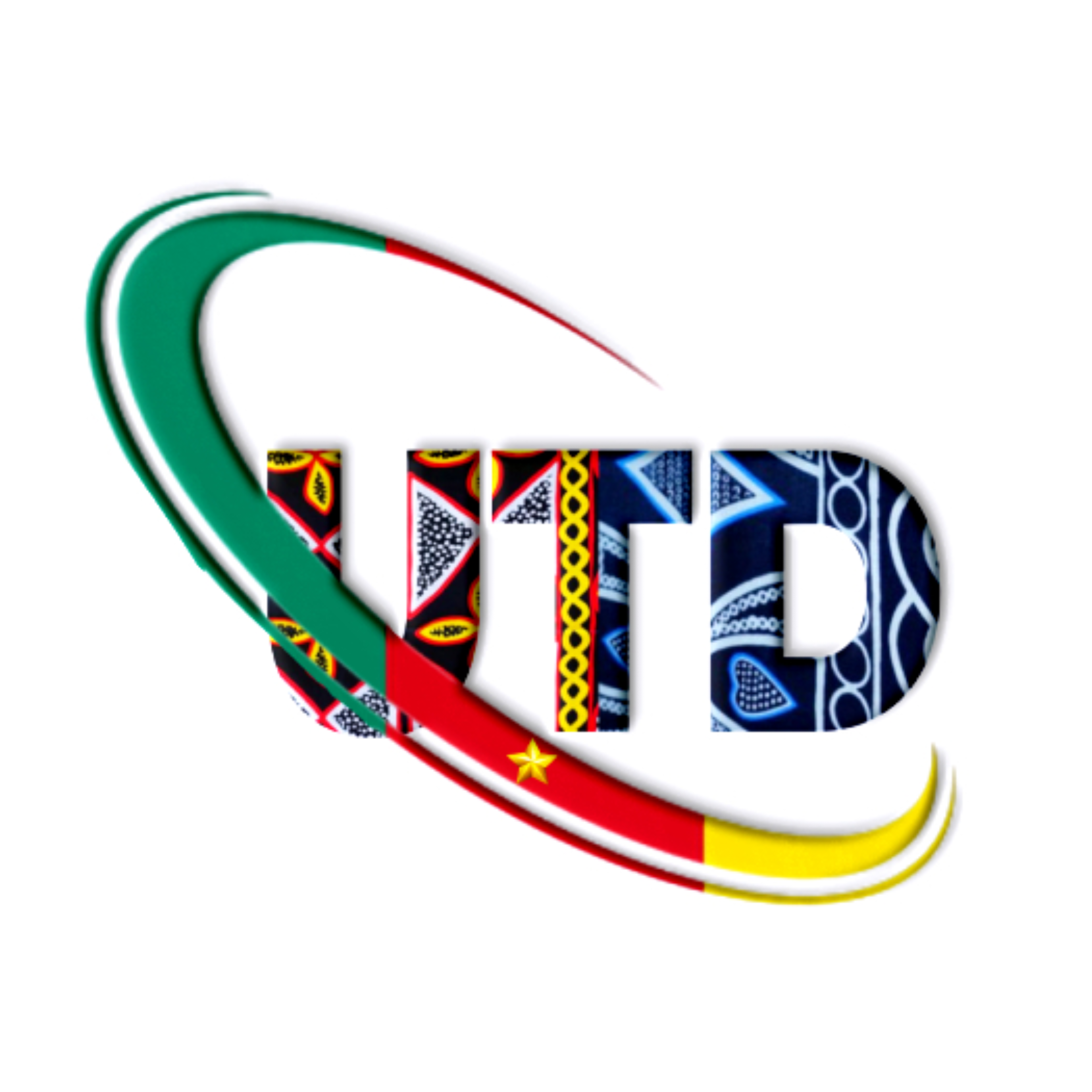
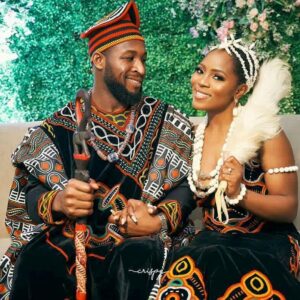
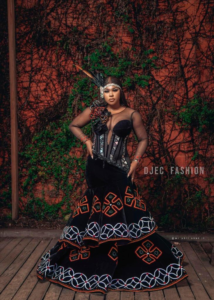

Great article on the Bamileke Princess Wear. good to know!
keep sharing articles like this! very informative.
CSP apply
CSP registration
wonderful articles and interesting facts about cameroon traditional designs. love your work.
Also check out thsi product on my website
buy blue-god-flower-rosin